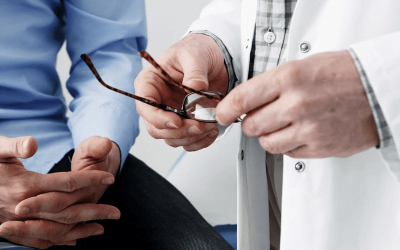Selection of Sperm

- Sperm Selection: Once the sperm are assessed, the embryologist selects the most suitable sperm for injection into the mature egg. Different methods can be used for sperm selection, such as:
- Morphology-Based Selection: Sperm with normal morphology (shape) are preferred for ICSI to ensure better fertilization potential.
- Motility-Based Selection: Highly motile sperm are often chosen to increase the chances of successful fertilization.
- Single Sperm Selection: In some cases, a single sperm is manually chosen under a microscope to be injected into the egg. This technique is called “morphologically selected sperm injection” (IMSI) and involves using high-magnification microscopy to assess sperm morphology in more detail.
- Vitality Staining: A special dye is used to differentiate between live and dead sperm. Only live sperm are selected for injection.
- Pentoxifylline initiates motility in spontaneously immotile epididymal and testicular spermatozoa and allows normal fertilization, pregnancy, and birth after intracytoplasmic sperm injection.
- Sperm Retrieval Techniques: If there are immotile sperm present in the semen sample, they can be retrieved using advanced techniques such as testicular sperm extraction (TESE) or percutaneous epididymal sperm aspiration (PESA). These methods involve directly obtaining sperm from the testes or epididymis, respectively. Immotile sperm can sometimes be found in these regions, even if they are not present in the ejaculated semen.
- Double ejaculation: Sperm when released immediately within an hour or so of a previous ejaculate often has better sperms for ICSI.






